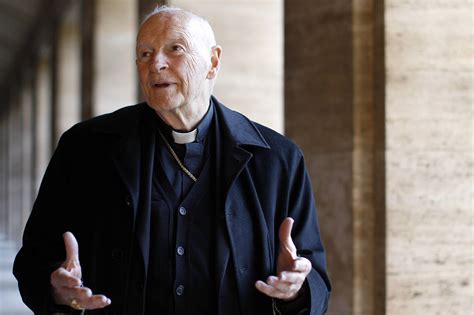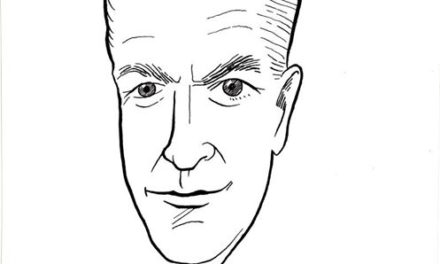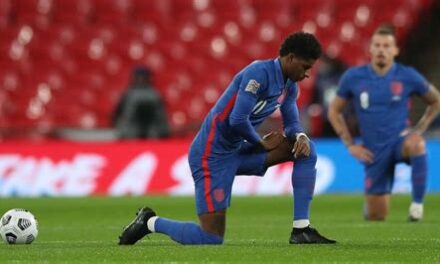There’s no escape the odd but determined efforts to “homosexualize” the Roman Catholic priesthood. What you expect following the spectacular fall from grace of Mr. Theodore McCarrick, the defrocked former Cardinal would be an outpouring of concern for young males abused by McCarrick and other homosexual predators within the Church. Instead, we see a blatant denial of the abuse, efforts to avoidance discussing the abuse, and a push to normalize homosexuality in the priesthood.
This past Saturday morning, the Vatican announced the laicization of McCarrick for “solicitation in the Sacrament of Confession, and sins against the Sixth Commandment with minors and with adults, with the aggravating factor of the abuse of power.” The next morning the Sunday The New York Times’ headline read, “’It is Not a Closet. It is a Cage.’ Gay Priests Speak Out.”
The article said nothing about the homosexual predation by McCarrick, Bishop O’Connell, Bishop Pineda, Bishop Zanchetta or any of the other clergy implicated in the abuse of preteens, teens and young men. Neither did the article mention the cover-up and mischaracterization of these abuses by Church leaders. Missing from the article was any consideration of the dehumanizing, homosexual practices recently chronicled throughout the Vatican. In short, the New Times article never mentions the damage to the boys, teens and young men who fall prey to these older homosexuals, or the impact of this thriving homosexual subculture on the already-frightened and alienated women of the Church.
The New York Times article focused on the struggle of priests who want to live, and be accepted, as “gay priests.” Featured in the article was Father Bob Bussen who was quoted, “The vast majority of gay priests are not safe. Life in the closet is worse than scapegoating. It is not a closet. It is a cage.” Just what is the “cage” which confines Father Bob? He as my pastor for years at St. Mary’s in Park City, Utah. I reprinted and shared his homilies several times.
If Father Bob was “unsafe” and “caged” in our parish here in Park City Utah, then it’s hard to fathom what safe even means. Father Bob’s sexuality was always evident and I never once heard anyone comment negatively about his earring and boots and theatrical style of speaking. To the contrary, the parish loved Father Bob just as he was – and it was here in Park City that Father Bob returned when he retired.
Despite Father Bob’s successful ministry and cherished place in the Church community, his comments—and those of other “gay” priests in the New York Times article—insist that they are the victims. They insist that their sexuality must be the primary concern: They are not just “priests” ordained to Jesus Christ in service to his people, they are “gay priests,” and their homosexuality must be acknowledged and approved.
As I sat at St. Mary’s Sunday after reading Father Bob’s comments, I cried.
The gospel reading was one of his favorites, “Blessed are you who are poor; God’s Kingdom is yours.” Father Bob was a passionate advocate for the marginalized, the downtrodden, the rejected of our world. Somehow, being “gay” – being a “gay priest” rather than just the “priest” he has been known to me for so many years – had become a critical mission to validating his identity.
I wonder why these priests so suddenly concerned about themselves? Why are they demanding that their sexual orientation be core to their public persona in the Church? Why are they so adamantly ignoring the abuses, problems, and challenges of homosexual subculture, including the young men who McCarrick abused and the many boys whose first sexual experience is with older gay men sexually exploit them?”
They seem to beg, “Look at me, and tell me I am okay.” This is hardly an easy ask in the face of so many male victims of unwanted same-sex acts. Especially when Catholics, and the general public, have read about elder clergy grooming and coercing same-sex acts from vulnerable young males.
The Church’s desperate avoidance of this issue mirrors the broader homosexual culture. As Chad Felix Greene has written in the Huffington Post,
I often find gay men romanticizing their early sexual experiences and idealizing the men who introduced them to the world of gay sex. Our erotica, sexual fetishism, pornography, and sexual roles tend to mimic adult-teen relationships. Often our very concept of the type of man we search for is built on these early experiences. It is easy when so many hold the same experience to believe it is normal. But I believe it is absolutely critical the LGBT world take a serious look at this issue and take action to stop it. This is an issue of gay men abusing young men seeking a great many things in an extremely vulnerable state.
But Church leadership itself is trying to shift the blame away from homosexuality by focusing on abuse of minors as distinct from abuse of boys or young men, As Cardinal Cupich of Chicago insisted, “Because in some of the cases with adults … involving clerics, it could be consensual sex., There’s a whole different set of circumstances that need to come into play here.” In other words, let’s discuss those other “circumstances,” not the homosexual advances made by priests on those in their care.
The insistence that males from puberty through their early twenties victimized by male predators do not themselves constitute a victim category worthy of separate focus and understanding effectively blinds the Church to a significant component of homosexual culture and its role in the Church’s sexual abuse crisis.
As I finish writing, I pray for Father Bob, who has brought so much spiritually to my life and the lives of my family. I pray that he can reflect on the “cage” which holds him and whether his adversary is the Church or the homosexual culture to which he is drawn by his same-sex attraction.















This is really exellent. Thank you, Mrs. Campbell, for this thoughtful article.